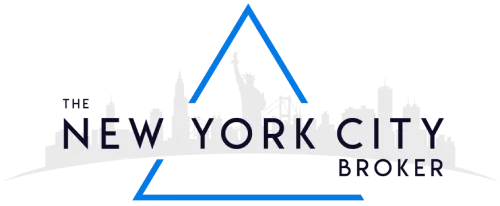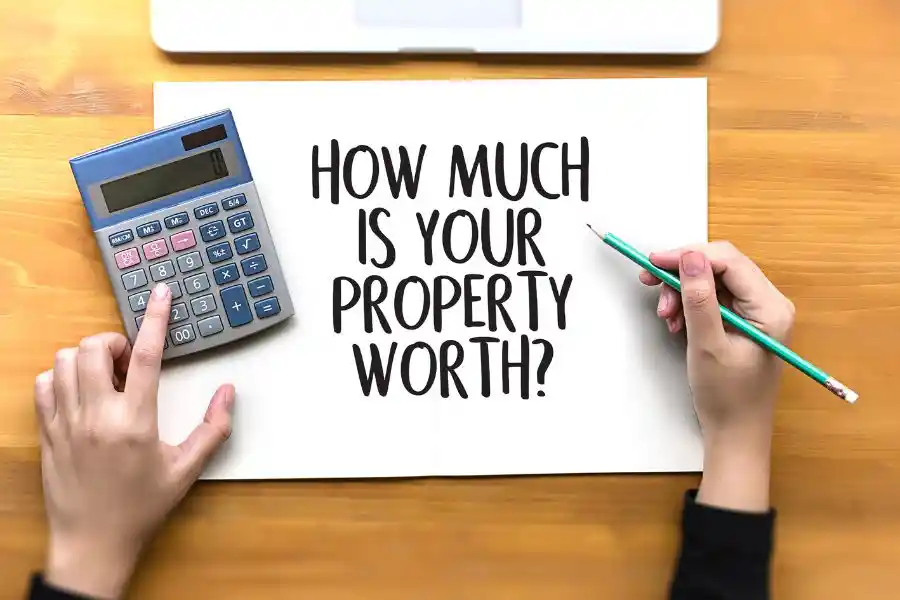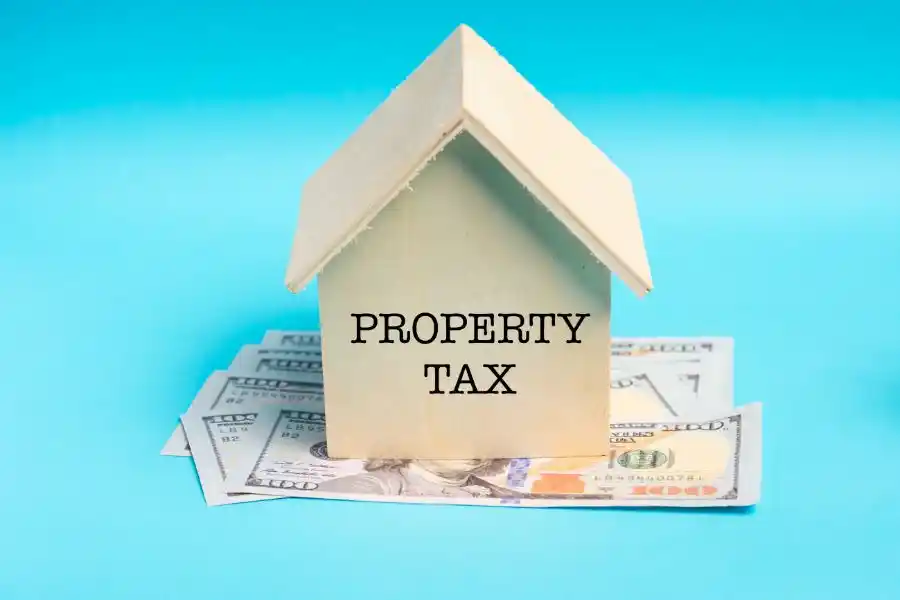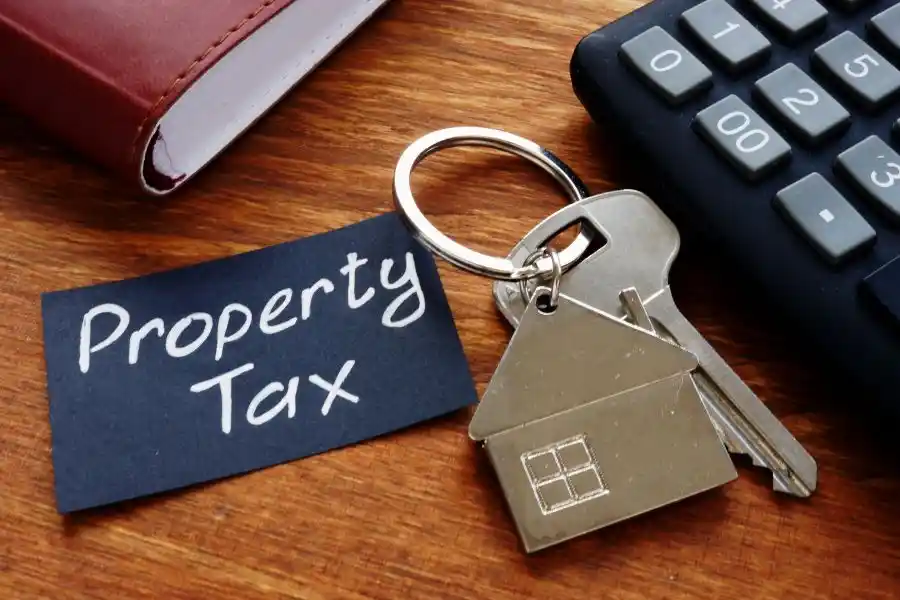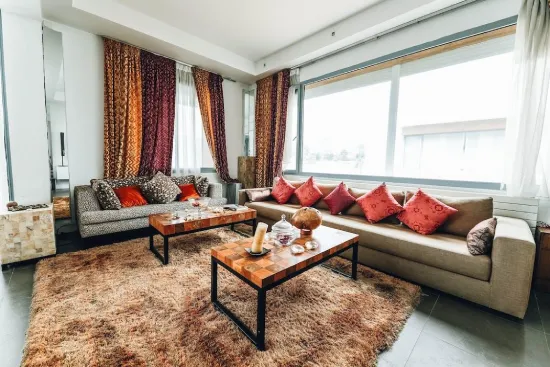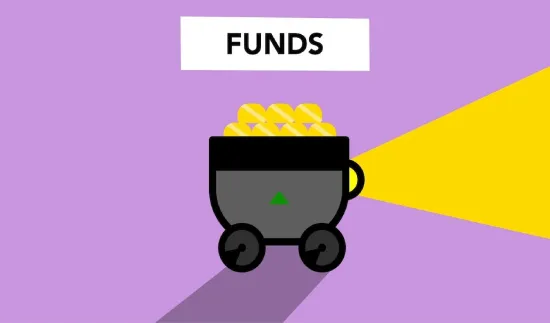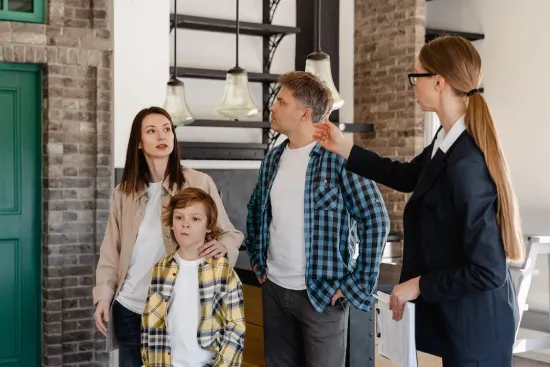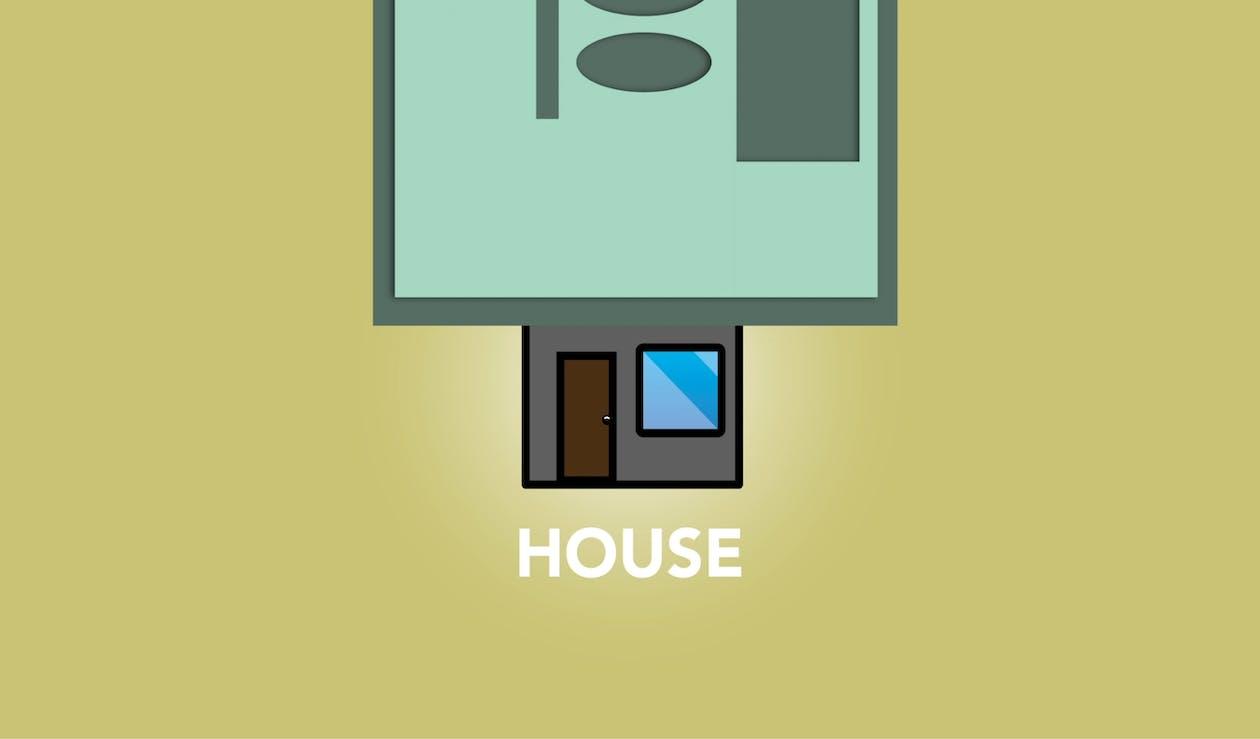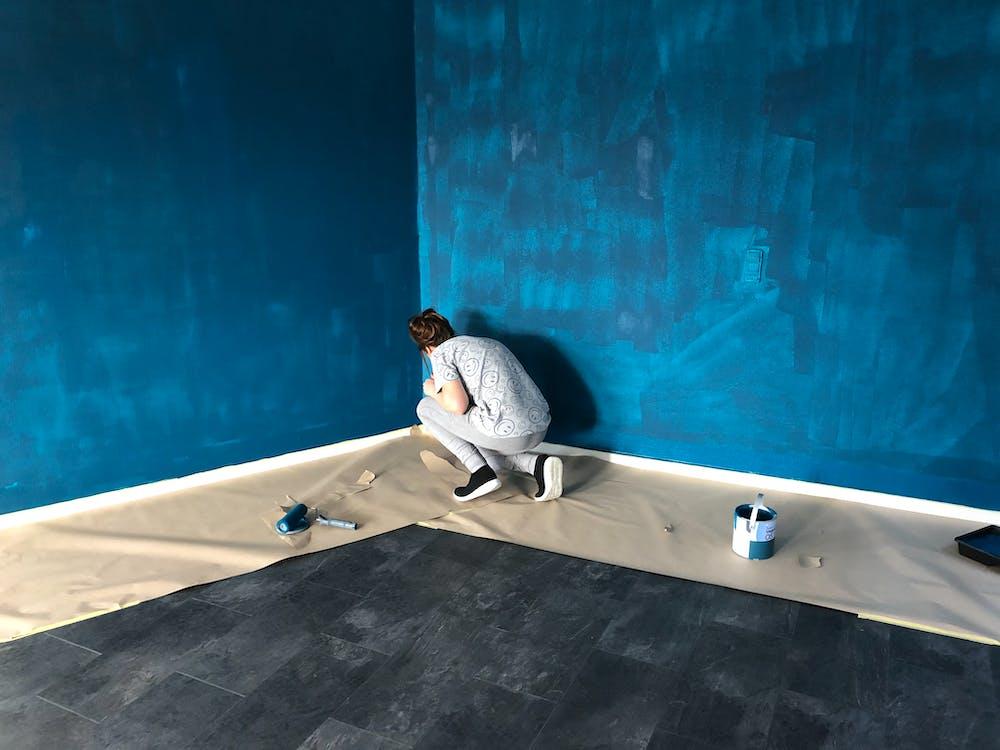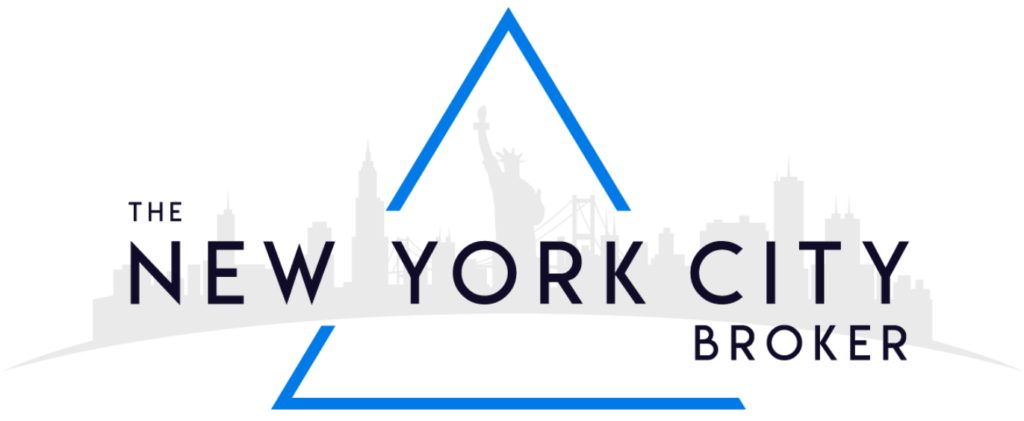A Housing Development Fund Corporation (HDFC) building is a cooperative or co-op building in NYC made up of affordable apartments for low to middle income individuals and families.
Co-ops are generally more affordable than condos. And HDFC co-op buildings are even more affordable as compared to other co-ops. They are sometimes called income-restricted apartments because they are not available for everyone, only for homebuyers with low to middle income.
When you buy an apartment in an HDFC building, you essentially become a shareholder in the building. While you pay for and live in a specific apartment and you have a proprietary lease for it, your control over your apartment will be relatively limited. You can’t rent it out for long-term rental income, and sublet rules are usually very strict.
The reason is that HDFC co-ops were established to provide low to middle income families and individuals with affordable housing, and the city restricts their use as investment properties.
Who Can Qualify For It?
The eligibility and the income limit may vary from one HDFC building to another. But in most cases, the qualification (maximum income limit) for who can buy an apartment is calculated using one of two methods
- The AMI method
- The maintenance and utility cost formula (NYS PHFL Section 576)
AMI Method: AMI or Area Mean Income is calculated every year (for every city) by the US Department of Housing and Urban Development. It’s the average household income for a part of the city for a specific year, and it is calculated differently for different family sizes, i.e., the number of family members.
The general rule is that a household should have an annual income lower than 165% of the AMI (for its family size) to qualify for an HDFC apartment. But some HDFCs might have stricter rules, such as 120% AMI. So for a three-person household, it would be:
120% x $107,400 (AMI for a three-person household in 2021) = $128,880
Households with incomes lower than $128,880 might qualify for HDFC apartments with a 120% AMI rule.
Maintenance And Utility Cost Formula: It’s a complex formula that dictates that the annual income of a household should not be more than six times (or seven times for families with four people or more) the sum of three things:
- Annual maintenance fee of the co-op
- Annual utility cost of the apartment
- 6% of the purchase price
In most cases, this formula comes up with a lower income limit than the AMI method, and it’s more restricted.
What Are Pros And Cons With HDFCs?
Pros
- Affordable housing in decent neighborhoods
- Lower costs mean lower mortgage, ideal for switching from rent to buying
- HDFCs have lower maintenance fees because these buildings are subsidized
- Ideal for long-term homeownership and can save you a lot in housing costs
Cons
- They cannot be used as long-term rental properties
- Flip tax means you have to give away a sizeable portion (like 30%) of your profits when you sell the HDFC apartment to the co-op board
- It’s difficult to qualify and time-consuming to buy an HDFC apartment
- HDFCs are often older and barely maintained
- Strict co-op rules can prevent you from selling your HDFC apartments urgently if you need to move somewhere else and you might not be able to rent them out in the meanwhile
How Strict Are HDFC Co-ops?
HDFC co-ops are generally very strict, especially when it comes to selling and subletting HDFC apartments. Since the goal is affordable housing, HDFCs are mostly about owner-occupancy, which means the individual buying the apartment should be the one occupying it.
Subletting is allowed (with co-op board approval) in limited cases but only short-term, usually no more than 18 months in a five-year period. Flip taxes can sometimes be as high as 50%, which means shareholders of the co-op that sell their apartment will have to give away 50% of their profits to the co-op board, which is used for improving and maintaining the property.
The screening process needs to be strict, even invasive because if one apartment owner/shareholder in the co-op can’t pay the mortgage, it might impact the whole co-op. Many HDFC co-ops have down payment requirements higher than 20%.
Why Would Someone Want To Buy An HDFC Apartment?
Because they are affordable, at times even more affordable than renting an apartment, HDFC co-ops also offer a strong sense of community because, as shareholders, all apartment owners are equally invested in the property, and they can regularly meet and discuss maintenance issues.
And thanks to the strict screening process, co-ops tend to be financially stable because shareholders rarely default on their mortgage payments.
What Are Some Misconceptions?
Misconception #1: All HDFC apartments are priced very low.
Fact: While most HDFC apartments are supposed to be affordable, some might be priced as high as $1 million. or more
Misconception #2: You don’t need a lot of money to buy an HDFC apartment.
Fact: While it’s true that you can’t buy an HDFC apartment if you earn a high annual income, you will still need a decent amount to purchase an HDFC apartment because of down payment restrictions that can be higher than 20% and sometimes all cash
Misconception # 3: HDFC buildings pay no property taxes because they fall under subsidized housing.
Facts: HDFC buildings pay lower property taxes than other co-ops to keep maintenance fees lower, about one-third of the typical property taxes.
